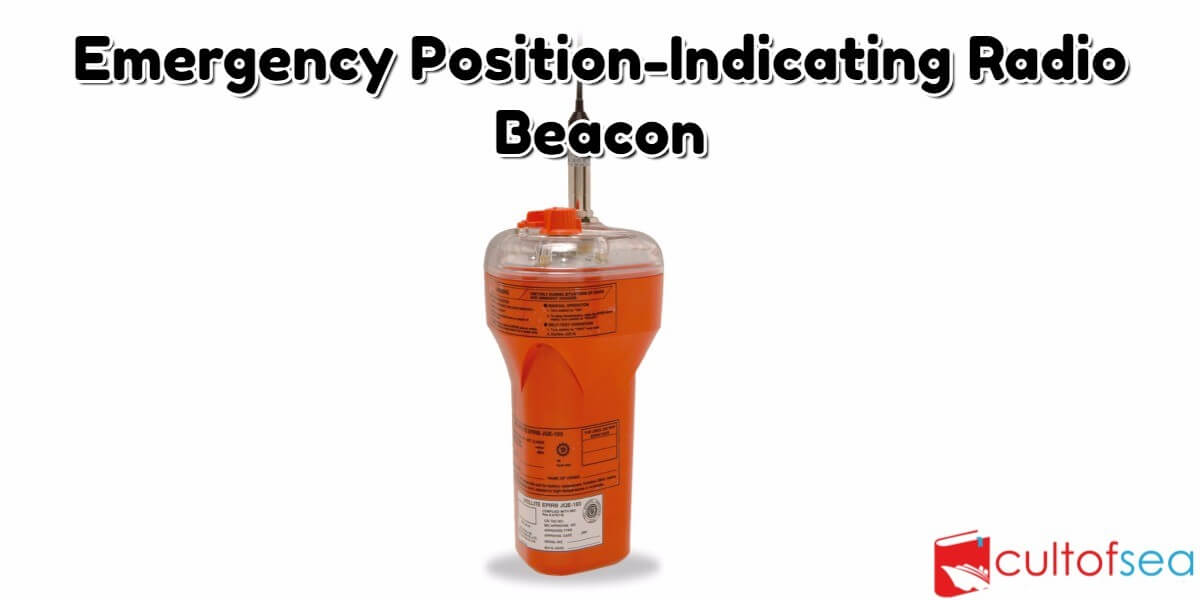Recommendation On Performance Standards For Float-Free Satellite Emergency Position-Indicating Radio Beacons (EPIRBs) Operating On 406mhz General 1. The satellite EPIRB should be capable of transmitting a distress alert to a polar-orbiting satellite.2. The EPIRB should be of an automatic float-free type. The equipment, mounting and releasing arrangements should be reliable, and should operate satisfactorily under the most extreme conditions likely to be met with at sea.3. The satellite EPIRB should: .1 be fitted with adequate means to prevent inadvertent activation; .2 be so … [Read more...]
